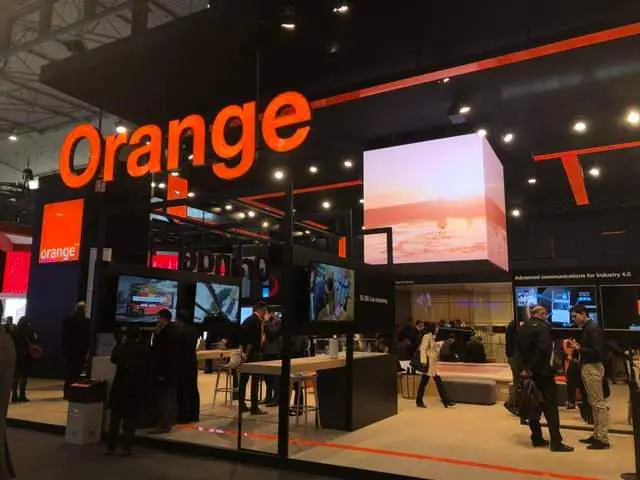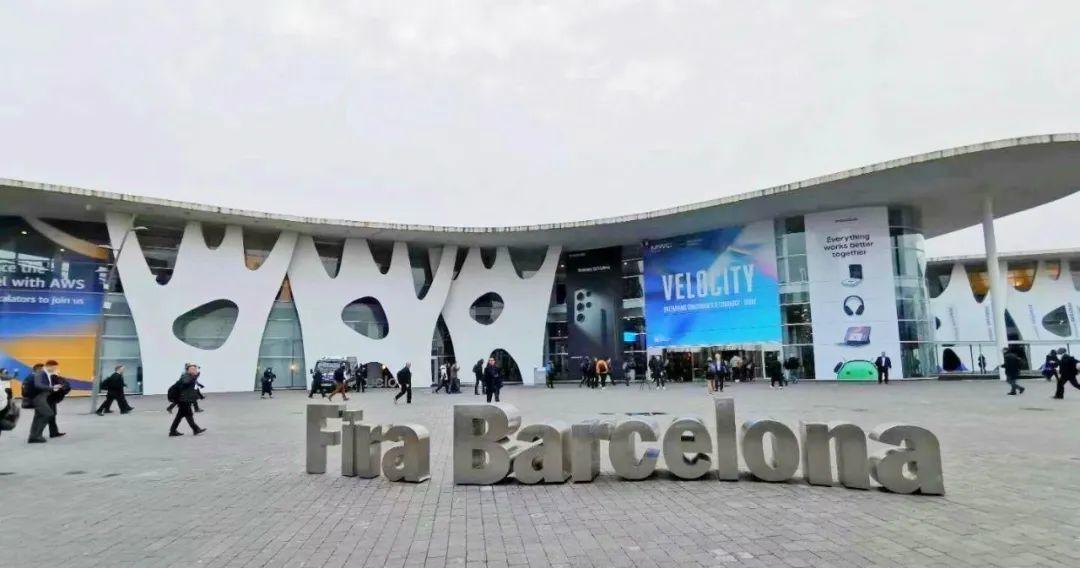The outbreak of Covid19 (coronavirus) has impacted almost every country across the globe and India is no different. In fact, for the last two quarters, India was among the top ten most affected countries in terms of infections and deaths. Stats for the Indian telecom market, however, suggest it has remained on a stable footing; in Q2 2020, among the top ten most affected countries, eight reported a negative mobile revenue growth (year-on-year basis). India and Brazil were the only two countries to report positive mobile revenue growth.
Revenue growth is important, but only one part of the story. Let’s have a quick look at some of the key metrics to identify the overall impact:
Revenue and ARPU: Indian telecom operators reported strong growth in revenue during the quarter ended June 2020, thereby defying the economic slowdown from the countrywide lockdown of 68 days through the end of May. Together commanding a subscriber market share of more than 60 per cent – Reliance Jio and Bharti Airtel witnessed a strong ARPU uplift and an annual positive revenue growth of 33.7 per cent and 14.7 per cent respectively. On the other hand, Vi (earlier known as Vodafone Idea) reported a revenue and ARPU quarterly decline of 9.3 per cent and 6 per cent respectively during the quarter, mostly due to existing debt.
Lower churn levels: Jio reported a strong wireless gross addition of 15.1 million (36.4 per cent increase year-on-year) despite Covid-19 related restrictions across the country, owing to the increase in demand for data and heavy reliance on 4G networks in India. Monthly churn rates reached all-time lows in the last five years, owing to retail store closures. Bharti Airtel and Vodafone Idea reported churn at 2.2 per cent and 2 per cent respectively during the quarter ended June 2020.
EBITDA/EBITDA Margin: The leading two telecom operators, Reliance Jio and Bharti Airtel, reported an annual increase in pre-tax profit of 55 per cent and 35 per cent and margin growth of 4 percentage points and 6 percentage points respectively during the quarter ended June 2020, thereby defying the economic slowdown.
It is evident from the above that Indian telecoms weathered the Covid-19 storm well, but the bigger question is how? What makes India different from other countries in the list?
The power of people and ubiquity – India’s demographic is very different from all other most adversely affected countries. With a population of more than 1.3 billion people, India has a huge market base which helped cushion the overall impact of the crisis. LTE subscribers in India rose around 26 per cent year-on-year to around 644 million by June 2020. This clearly shows India’s reliance on mobile phones for various reasons.
Low fixed penetration giving mobile a window of opportunity – According to TRAI (the Indian telecom regulator), of the 683 million broadband subscribers in India as of May 2020, 664 million were using mobile broadband and 19 million were on fixed broadband. The market witnessed quite a surge in its data traffic due to the nationwide lockdown and new norm of remote working. The pressure created from this massive shift from the normal practices to the digital ones was likely to fall upon the mobile networks because of the limited fixed penetration and insufficient fibre layout in the Indian telco market.
Tariff hikes translated into incremental ARPU – The operators announced tariff hikes in the last months of 2019, immediately before the pandemic. These hikes were in the prepaid segment, accounting for nearly 90 percent of India’s mobile subscribers. Now, the increased data traffic on mobile networks (see chart below, click to enlarge) resulting from Covid-19 combined with increased tariffs translated into growth in ARPU and revenues. This explains how Indian operators remained resilient during the Covid-19 storm.
While it’s true that the Indian telco market has suffered less financial impact due to Covid-19 in comparison with other countries, uncertainty related to economic recovery of the country, pressure to meet ever increasing demand for data services, and competitive intensity still pose a great threat to the sector’s financial stability. So, how does the sector remain sustainable in the long term and deliver on the demands of the new normal? What steps/measures can aid operators?
More harmonised Spectrum: Due to the relatively limited extent of fixed infrastructure, the pressure from the extra traffic created by the shift to remote life is likely falling on the mobile network – primarily LTE. Satish Jamadagni, VP for network planning at Reliance Jio, recently claimed LTE cells in the country are at 90 per cent to 98 per cent capacity, compared to other countries at 40 per cent to 50 per cent capacity. This clearly shows the appetite for more 4G spectrum in India.
Not just front end spectrum; telcos in India are also facing some backhaul constraints. Spectrum in the E-band and V-band is seen as a crucial backhaul option as the operators plan to modernise their existing 4G networks with 5G ready technologies. However, this spectrum is yet to be released by the government.
According to a recent GSMA Intelligence report, mmWave in India can offer opportunities in enhancing mobile broadband (eMBB) and fixed wireless access (FWA). In order to maximise the socioeconomic benefits of mmWave enabled 5G, the Indian government should consider providing timely access to the right amount and type of affordable spectrum, under the right conditions. This will ensure they are able to deliver the low-latency, high speed and high capacity capabilities of 5G.
Boost in Digital Infrastructure: Currently, India has the second largest pool of internet users but lags behind Asian peers like Korea, Japan and China in terms of fibre connectivity. It is believed that if the state governments facilitate RoW (Right of Way) to roll out digital infrastructure, it could not only accelerate the economic progress of states but also make them competitive and help realise various initiatives such as generating jobs, education, healthcare and smart cities.
Services beyond Core: According to a recent study conducted on major operator groups by GSMA Intelligence, services beyond traditional core contributed to approximately 22 per cent of total revenue, which is mainly driven by PayTV accounting for 28 per cent of non-core service revenue. Currently, when traditional services in India (accounting for more than 90 per cent of total revenues) aren’t expected to drive further growth, new (non-core) services can hold promise for better opportunities. Operators are already collaborating with vendors to provide enterprise solutions, such as Airtel recently partnering with Cisco to provide a wide range of cutting edge security solutions to its business customers as well as government entities.
Cross-sell fixed services: Digital dependence in terms of entertainment OTT apps, gaming, educational tech along with health tech is very evidently on the rise. To achieve higher ARPU, operators are already bundling their mobile services with OTT apps, but the converged players now need to provide reliability and high speeds that in India can be served by fixed networks. Converged players need to aggressively cross-sell their fixed services to meet growing demand.
It is clear the Indian telecom market has held up fine till now but there is a lot that needs to happen for the sector to not only survive but thrive in this economic crisis. LTE networks are already overburdened with rising data traffic demand. If the traffic is not diverged towards fixed network assets or additional spectrum is not made available, then operators could find it difficult to keep up with demand. Clearly, government has to be the facilitator while telecom operators and other players invest and create an infrastructure backbone. With the rise in demand for data and content, there will also be pressure on the market to drive 5G momentum in the coming years.
– Divya Bhargava – Delhi team lead, and Pranika Chauhan – research analyst, GSMA Intelligence
The editorial views expressed in this article are solely those of the author and will not necessarily reflect the views of the GSMA, its Members or Associate Members.
 The CEO from UK IoT Connectivity Company Visit Xiamen Honlly for Industrial Router/Mini PC/5G Router Business
The CEO from UK IoT Connectivity Company Visit Xiamen Honlly for Industrial Router/Mini PC/5G Router Business
 Mobile phone routers are prices? WiFi chip prices have quadrupled.
Mobile phone routers are prices? WiFi chip prices have quadrupled.
 Africa Launch the first 5G network
Africa Launch the first 5G network
 MWC 2023, Playing Variation of Operators’ Energy
MWC 2023, Playing Variation of Operators’ Energy